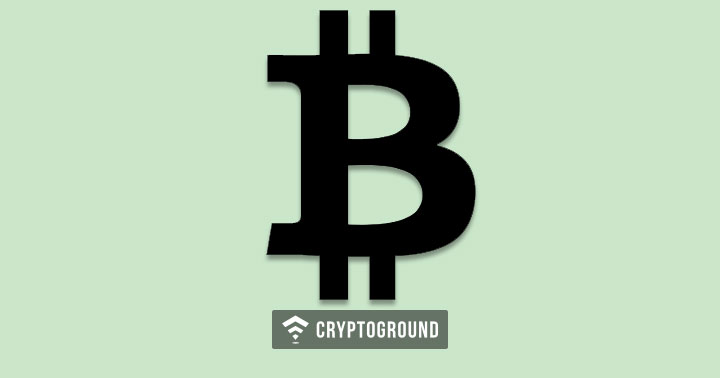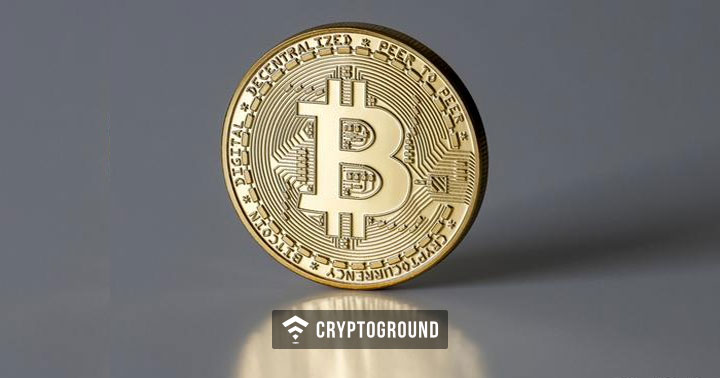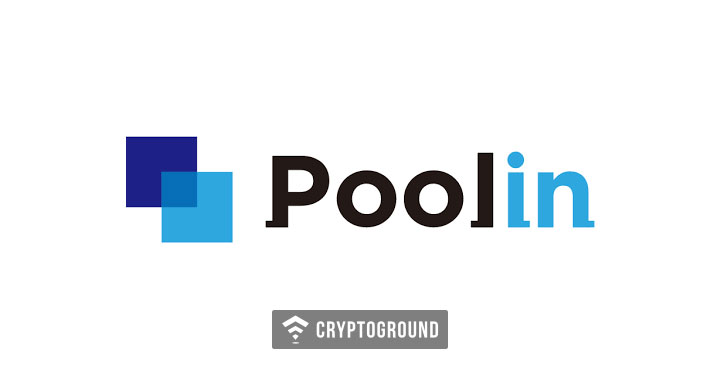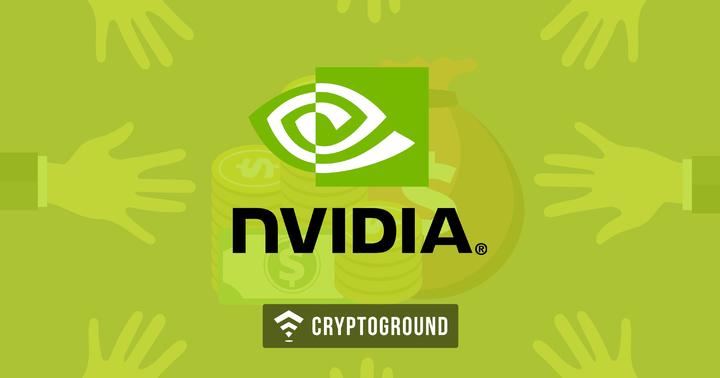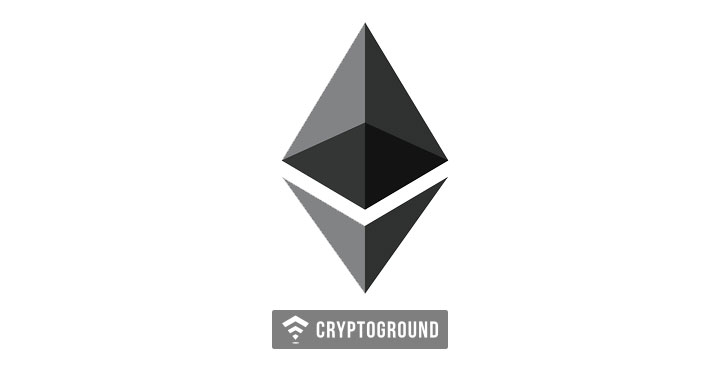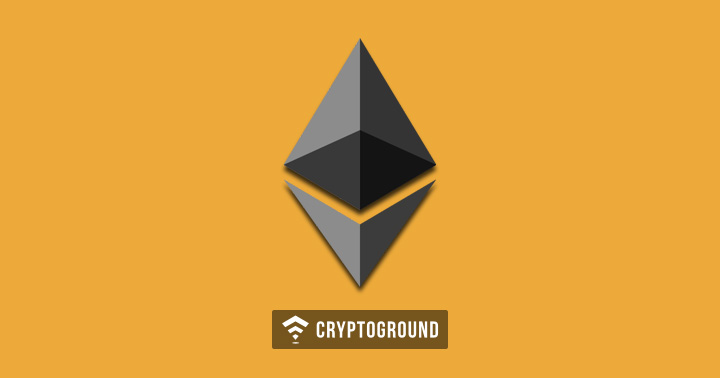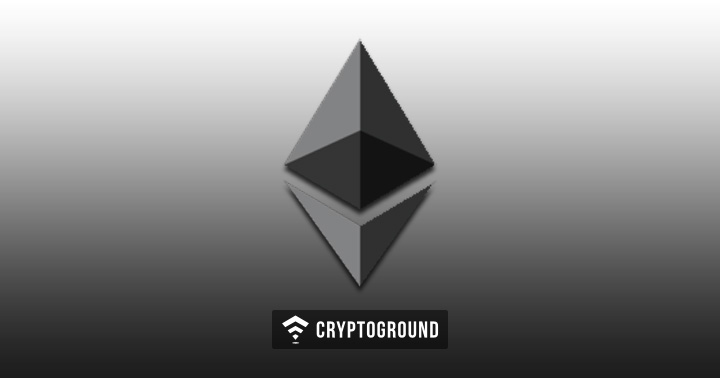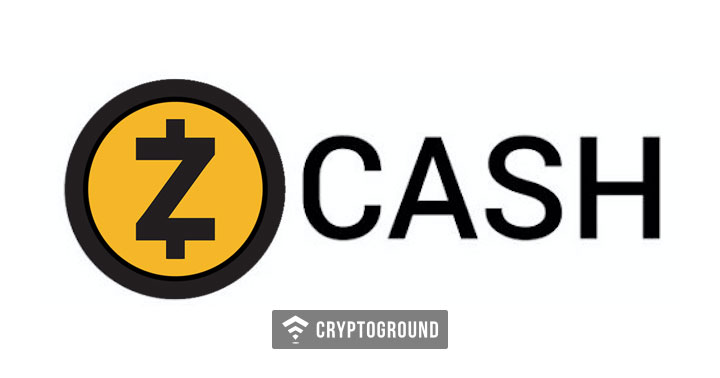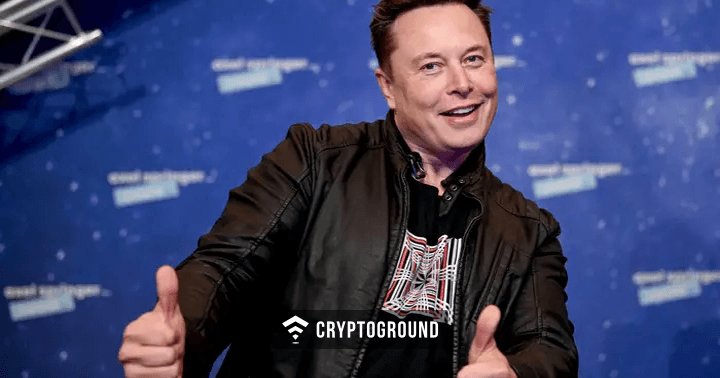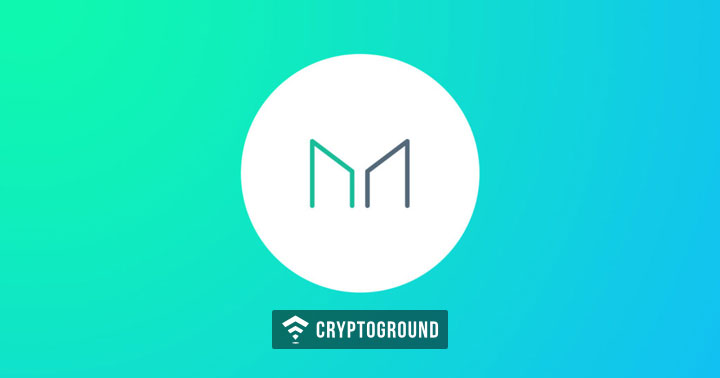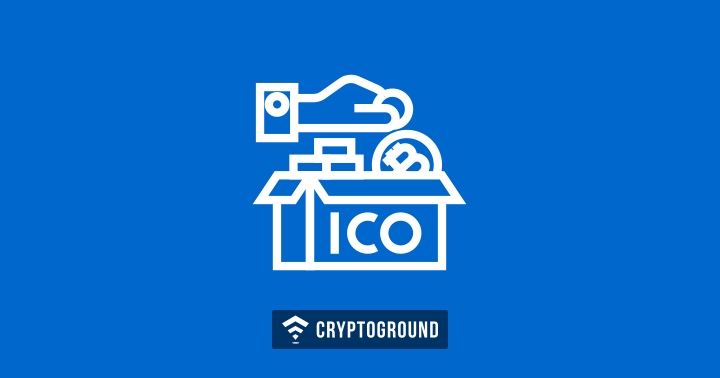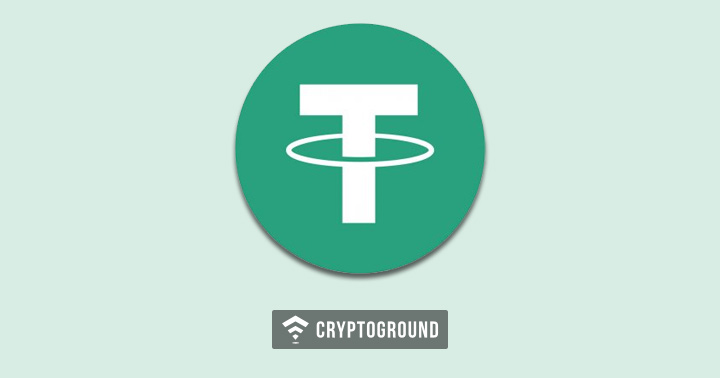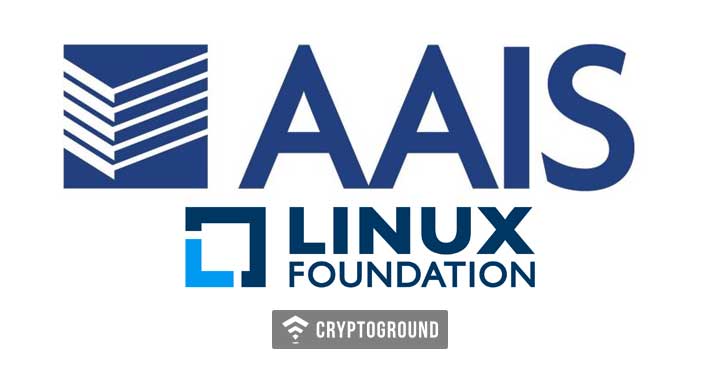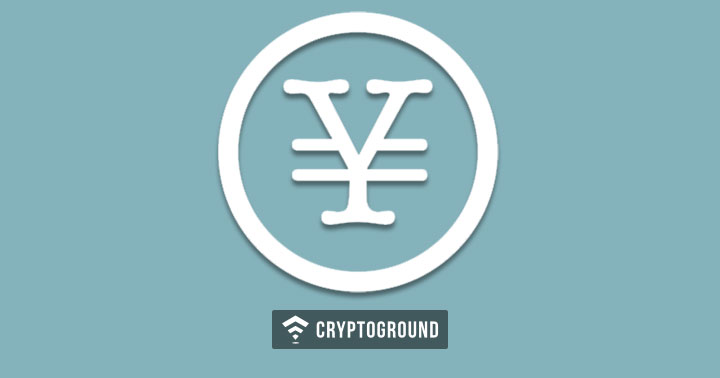Vitalik Buterin Says Ethereum’s Scalability Issues Will be a Thing of Past With Ethereum 2.0 Launch
Ethereum, the second-largest cryptocurrency by market cap is currently in a transition phase from a proof-of-work based mining consensus to proof-of-stake based network popularly known as Ethereum 2.0.
One of the prominent reasons behind this significant shift is the growing scalability issues with the current system. While Proof-of-Work is considered to be one of the secure and more decentralized mining consensuses, it can't bear the burden of a diverse network like Ethereum.
Vitalik Buterin, the co-founder of the Ethereum network, believes the transition would eliminate scalability issues currently faced by the network. He even went on to predict that the Ethereum 2.0 would be able to process around 100,000 transactions per second compared to the current number of mere 15 transactions per second.
Buterin, on June 30, tweeted about the possible roadmap to the change in the current network and transition to the ETH 2.0. He said:
"ETH2 scaling for data will be available *before* ETH2 scaling for general computation. This implies that rollups will be the dominant scaling paradigm for at least a couple of years: first ~2-3k TPS with eth1 as a data layer, then ~100k TPS with eth2 (phase 1). Adjust accordingly."
Buterin claimed that data scalability for Ethereum 2.0 would be available well in advance to the general computation scaling. He also talked about a possible second layer solution working on top of the base Ethereum network before an eventual switch to ETH 2.0. Buterin claimed that the initial phase would see Ethereum churning out near 2 thousand transactions per second and would eventually reach the expected 100k mark.
Scalability Still the Biggest Challenge For the Decentralized Space
Bitcoin, and later other cryptocurrencies, made a mark for themselves with the decentralized aspect and a promise to offer better transaction speed at a minimal fee. However, even after a decade, scalability seems to be one of the biggest challenges for the cryptocurrency space.
While centralized financial tools and institutions such as VISA and MasterCard offer high scalability with thousands of transactions per second, the cost is quite high. On the other hand, top cryptocurrencies offer single-digit transaction speeds, and as the scalability issue is rising, so is the cost of processing these transactions.
Bitcoin, the top cryptocurrency, has a transaction processing speed of 7 TPS, and other altcoins have a few hundred TPS speeds. Ethereum, with its smart contracts and dapps, is struggling to keep the network afloat and usable. In fact, during the launch of the popular Cryptokitties dapp game, the whole Ethereum network almost came to a standstill. Thus, people have very high hopes from Ethereum 2.0m, especially after Buterin's claims.
Ethereum’s Growing Gas Fee Force Developers to Look For Alternate Fee Mode
The Ethereum blockchain has grown significantly as an ecosystem, supporting hundreds of decentralized applications (dApps), along with defi and smart contracts. However, this growing ecosystem is slowing the network down, while simultaneously increasing the average gas fee required to complete any task on the platform.
A recent analysis of Ethereum’s Gas fees suggested that the average cost for completing a task on the network has increased by 500% since April.
This growing Gas fee has become a cause for concern for developers, with many already looking for an alternative fee model that can be dynamic enough to account for these scenarios. The developer group introduced an Ethereum Improvement Proposal (EIP 1559) containing a roadmap for a new fee structure, which would reduce the cost.
If implemented, it could be a one of a kind update for any blockchain after its inception. Many Ethereum clients are already in the process of implementing these changes. EIP 1559 was first introduced back in April 2019 and co-authored by the Ethereum co-founder - Vitalik Buteerin. EIP 1559 proposes an “algorithmic price discovery,” a dynamic system that adjusts the transaction fee based on the task with a Burnt Base fee and a tip for the miners.
The EIP solves two problems by dynamically changing the size of the block depending on the number of transactions that are in the queue, and prices out certain users when the demand goes too high, thus maintaining the balance. The base fee will be set dependent on the network conditions, while the user can set the tip for the miner depending on how fast they want their task to be completed.
MetaMask Developer Proposes an “Escalator Algorithm” Fee Structure
EIP 1559 sounds promising and reliable; however, there was another fee structure proposed by Dan Finlay - who is a MetaMask developer - called an “escalator algorithm,” a dynamic fee structure that allows the user to set the fee for their respective task. This was proposed through EIP 2593.
The developer community liked both the fee structure proposal and likely to introduce a mix of both the EIPs. The developer team has already made plans to launch a testnet soon to check the pros and cons of this fee model and then derive a final version to launch on the main-net.
While these proposed changes look to sort the increasing Gas fee problem on the network, however, it is believed that miners would be at a loss if these changes are implemented.
David Hoffman, COO of Ethereum investment firm RealT commented on the newly proposed changes and said:
“The burning of BASEFEE, which is the bulk of the transaction fee, is a deflationary force for ETH. It promotes its scarcity and links its scarcity to the growth of the Ethereum economy. The issuance of ETH that pays for security initially leverages the value of ETH. If BASEFEE is burning lots of ETH, the value of ETH should be higher, as it is [becomes] more scarce.”
Previously there were no fixed denominations in which miners were rewarded for processing the transaction. However, the proposed changes make it compulsory for Ethereum transactions to be paid in native blockchain token.

